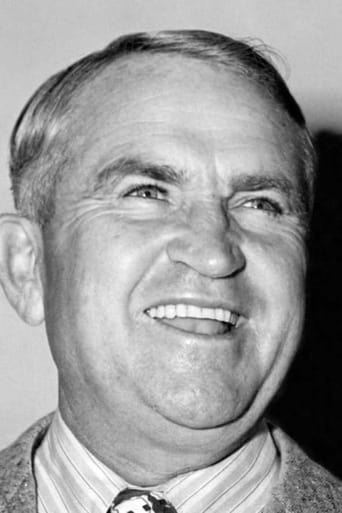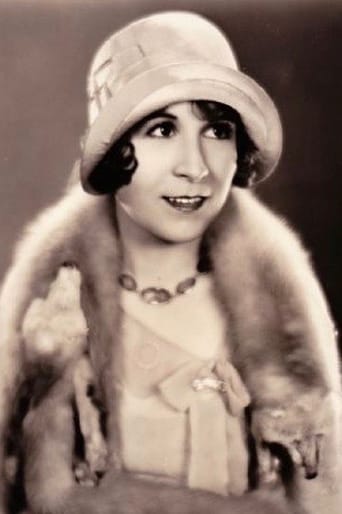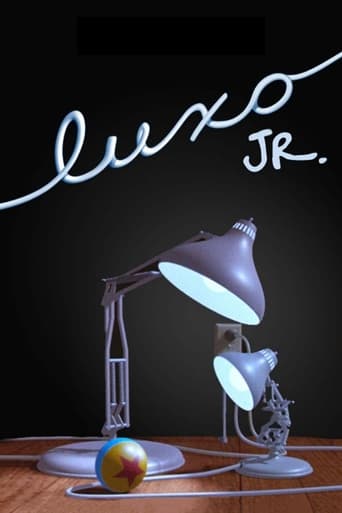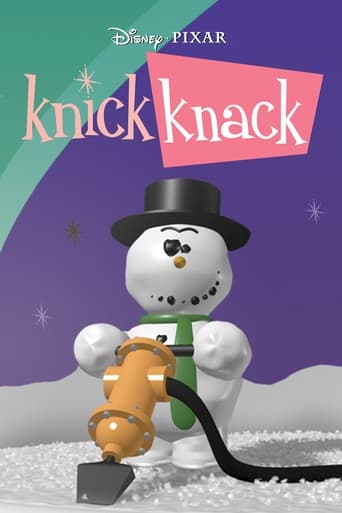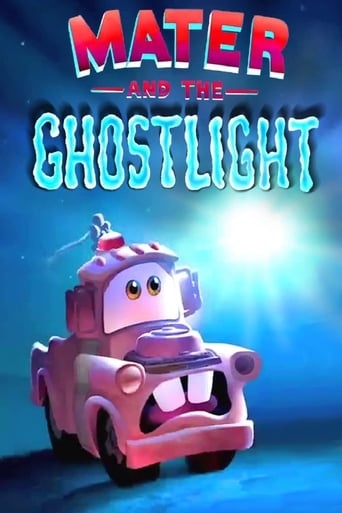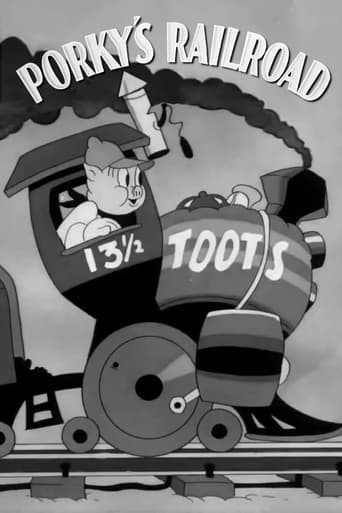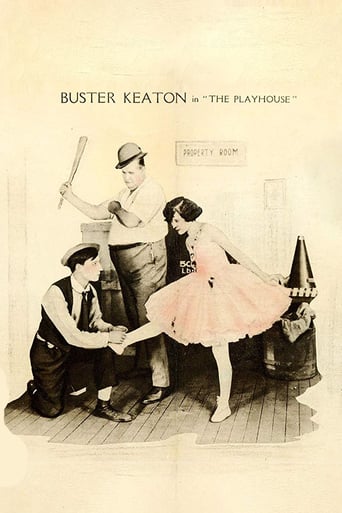
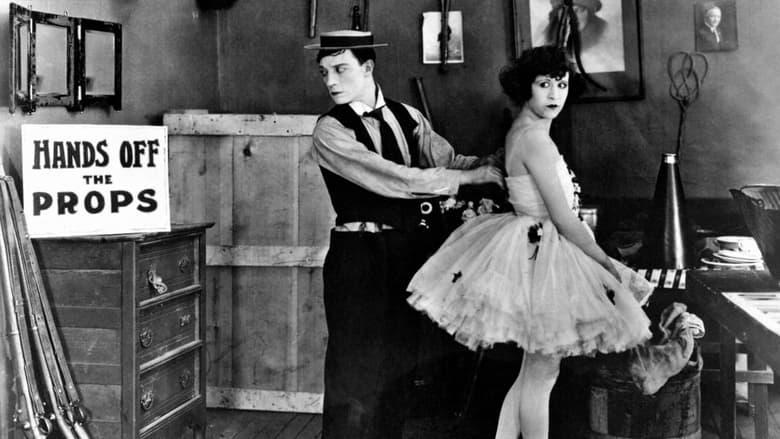
The Play House (1921)
After waking from the dream of a theater peopled entirely by numerous Buster Keatons, a lowly stage hand causes havoc everywhere he works.
Watch Trailer
Cast
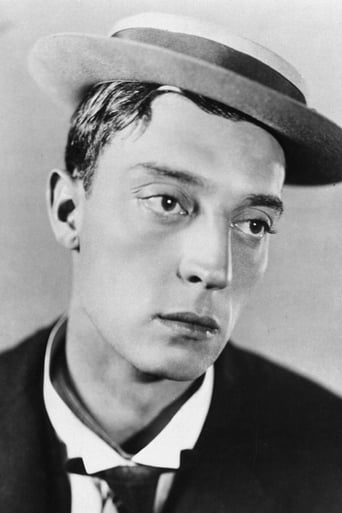


Similar titles
Reviews
everything you have heard about this movie is true.
disgusting, overrated, pointless
What a freaking movie. So many twists and turns. Absolutely intense from start to finish.
A terrific literary drama and character piece that shows how the process of creating art can be seen differently by those doing it and those looking at it from the outside.
"That Buster Keaton seems to be the whole show!" Buster Keaton says, and indeed he is, seen as an orchestra conductor, parts of the band, the entire minstrel show, and 3/4 of the audience. This is non-stop hilarity, not only with classic silent comedy but pointing out Keaton every time he appears. Whether in drag, disguise as another male character or even a chimpanzee, this is riotous from start to finish, great fun. Each shot of Keaton as another character is different enough to gather the laughs, and his deadpan puss is very funny, playing a male companion to different visions of himself as a woman. The onstage antics are very funny as well. I suggest not being distracted by anything while watching this as there seem to be so many funny things happening in each frame. Ingenious from start to finish.
I just watched The Play House which was the first film that was presented in the "Industrial Strength Keaton" DVD collection of various Buster Keaton films from the silents to the end of his life. The first half where he appears in various incarnations of himself was quite impressive especially when 9 of him appear together in the same frame. Some amusing, if not hilarious, gags occur there. The rest of the short has Buster being an actual stagehand/performer who goes through more hilarious mishaps that has to be seen to be believed. I especially loved the way he put out a man's fiery beard or got a woman out of a water tank. Not to mention how he impersonates a monkey. Or how he tells one twin sister from another. So on that note, I highly recommend The Play House.
THE PLAY HOUSE is Keaton showing his growth as a film comedian and director. It is in two sections actually, and they are blended together without much difficulty. We see Keaton as an employee going into a vaudeville house. We eventually learn it is the Keaton Vaudeville House, and everyone in the audience, on stage, in the orchestra, and backstage is Keaton in one set of clothing or another, and with different wigs or make-up arrangements. That includes an entire nine man minstrel show (which we even see two jokes about a cyclone being told). All the Keatons act well in their roles: as an elderly snobby couple (the man keeps falling asleep, and the lady complains of a lower class mother and son above them who are emptying soda pop on them). The six piece orchestra (with conductor) are all distinct from each other (the clarinet player treats his "licorice stick" like a licorice stick; the violinist puts resin on his bow like it's chalk on a billiard cue).Then it turns out Keaton is sleeping on a bed, and is awaken by his usual nemesis Joe Roberts. With derby on head and cigar in mouth, Roberts is ordering Keaton off his bed and out of the room. To mournful music Keaton gets up, and picks up his hat from beneath the bed. Some of Roberts staff have come in, and have started taking other furniture out. Keaton goes out the door, and then we see the walls being taken down. Keaton has been sleeping on a set for the theater that he actually works in.The rest of the film deals with Keaton's involvement as a gopher/backstage hand/ and occasional performer. He has to take over for a performing chimpanzee that is part of one of the acts (needless to say Buster does very nicely as the "trained chimp"). He also has a moment that needs a bit of explanation for the 2008 audience: Roberts is the head of an act of performing zouaves (French soldiers from North Africa who were known for prodigious acts of physical durance and speed). He is understaffed for the performance, and turns to Keaton, asking for more zouaves. "Zouaves" were also a name for a 1920s style of cigarettes, so Buster offers Joe his pack, before he's straightened out. Buster finds the "zouaves" at a nearby work site, where their foreman is dozing off, and they follow him to the theater and perform.A running thread in the film is that Keaton is romancing one of a pair of twin sisters, and keeps kissing the wrong one (and getting slapped as a result). It is only at the tale end of the film that Keaton finds a way of telling them apart.Keaton does not miss a single point about 1920s Vaudeville. The Zouave act is being applauded by two one armed old war veterans (the Northern Army in the Civil War had a Zouave corps for awhile). When they like what is going on they clap their two surviving hands together. But they disagree about the further antics of the performers, and one switches to another gentleman sitting next to him to clap his personal applause with.It is a marvelous short, showing Keaton stretching himself for his jump (also in 1921) to feature films.
"This fellow Keaton seems to be the whole show.""The Playhouse" is one of Buster Keaton's best and one of the most ingenious films from around this time that I've seen. It might never have been, either, if Keaton hadn't broken his ankle, thus temporarily prohibiting him from some of the daredevil stunts he'd become famous for. Instead, "The Playhouse" relies upon technical innovation and intelligent concepts; as a result, it's one of Keaton's most cinematic films, alongside "Sherlock, Jr."The first six and a half minutes are especially brilliant, featuring an opera house where all the performers, staff and audience members are Buster Keaton. It unfolds wonderfully, beginning with a sole Keaton purchasing a ticket, then opening upon Keaton as the conductor of a six-Keaton orchestra, a la trick-shot pioneer Georges Méliès's "L' Homme orchestre" (The One-Man Band) (1900). That's followed by a nine-Keaton minstrel show, two Keaton's dancing in harmony and the above retort made by a suspicious Keaton audience member to top it off. In addition to what seems an intentional allusion to Méliès, others consider the program gag a rib at influential producer Thomas H. Ince, who, indeed, credited himself repeatedly in the opening credits of his movies. There's a resemblance, especially in the interaction of the audience members, to Charlie Chaplin's "A Night in the Show" (1915), too.Keaton reveals the opening sequence to have been a dream, something he did with some of his other films, as well. What I think is especially interesting about the remainder of "The Playhouse", as well as the first sequence, is its self-reference. Even though the film is set in theatre, the cinematic self-reference isn't lost, and much of "The Playhouse" alludes to the deceptive nature of movie-making, from the multiple exposure effects to realize multiple Keaton's to the illusion that a set is Keaton's bedroom. Furthermore, the twins and the use of mirrors reference the first part of the film.The latter part of the film greatly resembles "Back Stage" (1919), which Keaton made with Roscoe "Fatty" Arbcukle. Perhaps even the same sets were used for both films; otherwise, they were duplicated. As in "Back Stage", an acting troupe quits, forcing Keaton and some other amateurs to take their place for the night's show. There's the typical backstage mayhem, with Joe Roberts chasing Keaton around. The aping bit from "Moonshine" (1918) and the cup of water gag from "The Rough House" (1917) are also both revitalized here. Every scene in this ingenious, witty picture takes on greater significance and humor in referencing itself, other films and cinema in general.


